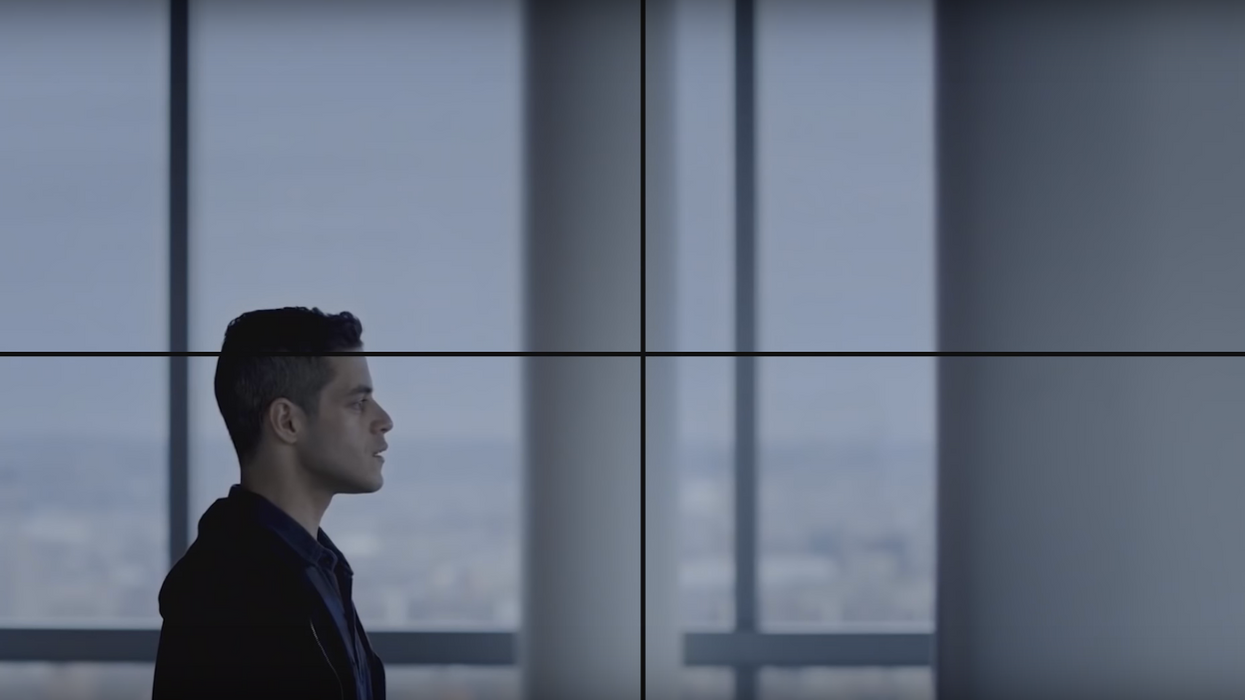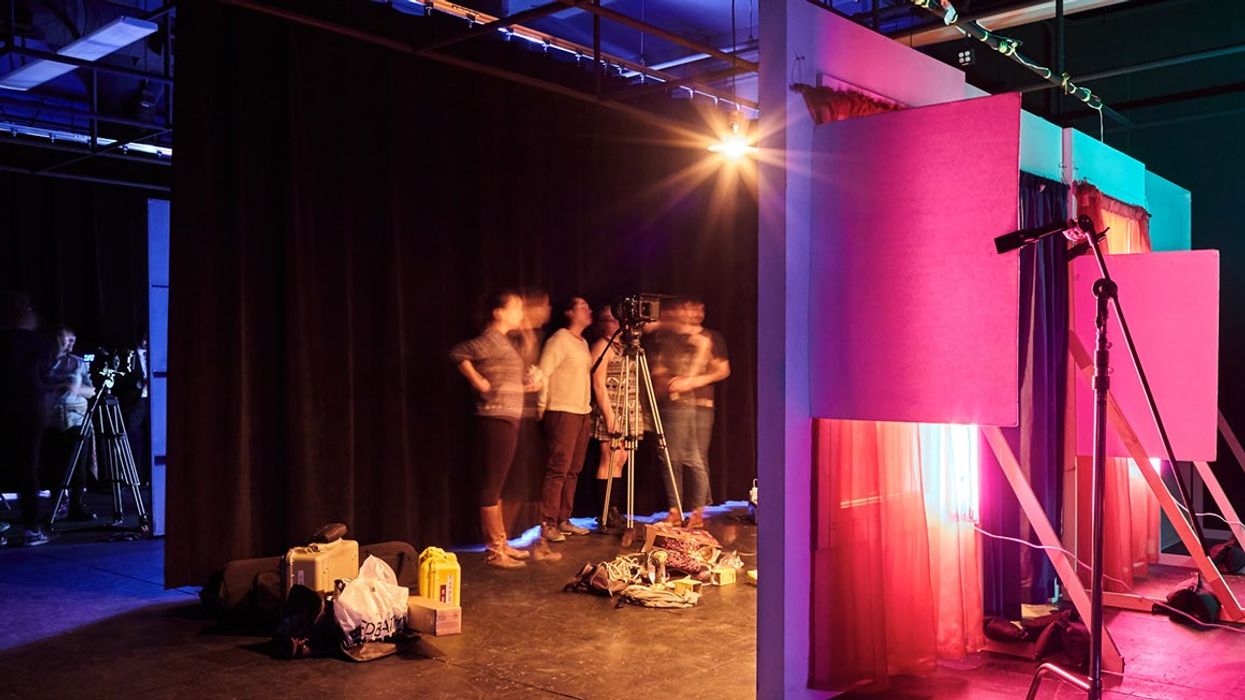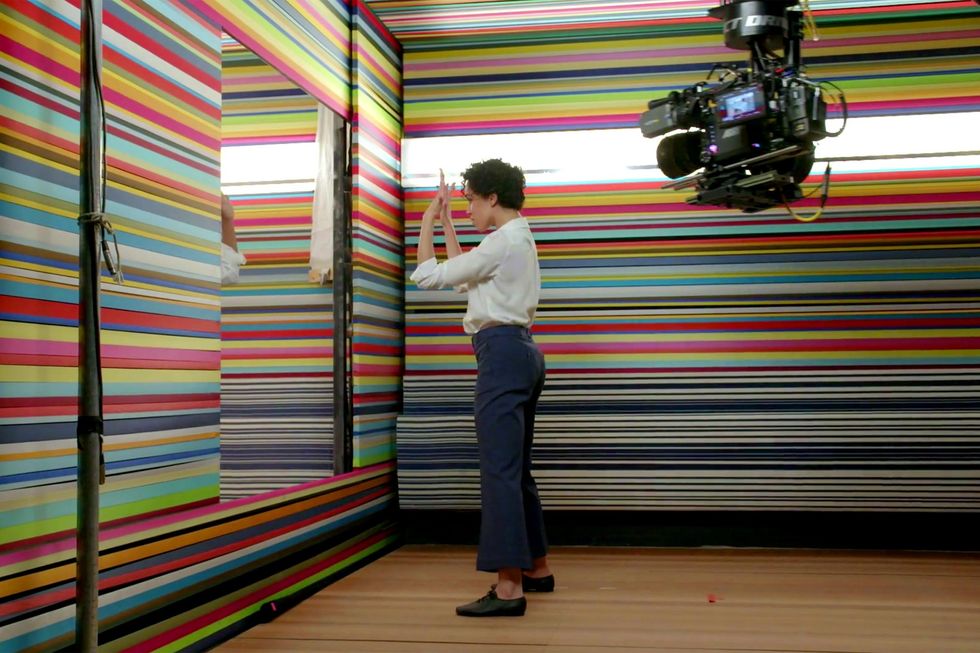The Socially Anxious Framing of 'Mr. Robot' and How It's Used to Tell Stories
This is how framing can change everything about your story.

There are lots of different ways to convey emotions on screen, from explicitly verbalizing it with dialog to tapping into the psychological effects of color. But framing shots in specific ways can also be extremely effective at communicating a character's mental and emotional state. Video essayist James Hayes of Film in the Making talks a bit about how the creators of the Emmy award-winning TV series Mr. Robot used framing, namely quadrant framing, to communicate the social anxiety and distrust experienced by its protagonist, a vigilante hacker named Elliot.
There are many different established theories about composition that look to explain how a subject's positioning within a frame affects the audience's interpretation of that scene. The popular concept of the "Rule of Thirds" states that the frame is divided by imaginary horizontal and vertical guide lines that create a multi-quadrant grid, the intersections of which serve as focal points for important features of the image (faces, objects, etc.)
There are a lot of ways to play around with this concept, like, yes, placing important stuff at an intersection, but you can also communicate different things by placing your subject within a certain quadrant. For example, placing Elliot in the bottom left quadrant gives the impression that he is isolated, even untrusting of the world around him. The reason for this stems from the relationship between "negative space" and "positive space." (Negative space is the space that surrounds a subject, while positive space is the subject itself.) If a subject, which is traditionally the focal point of a composition, only takes up a small fraction of the frame, the negative space becomes much more noticeable and even overpowering, which can result in eliciting emotions like loneliness, isolation, distrust, suspicion, and powerlessness.
If you want to learn more about the psychological and emotional effects of framing and composition, you should check out our other articles on the subject, like how director Nicolas Winding Refn uses some interesting framing acrobatics to convey subtle emotional messages.
Source: Film in the Making


 Go Behind the Scenes of the Filming of 'Killers of the Flower Moon'
Go Behind the Scenes of the Filming of 'Killers of the Flower Moon' BTS of Spike Jonze's Apple Ad Apple
BTS of Spike Jonze's Apple Ad Apple









